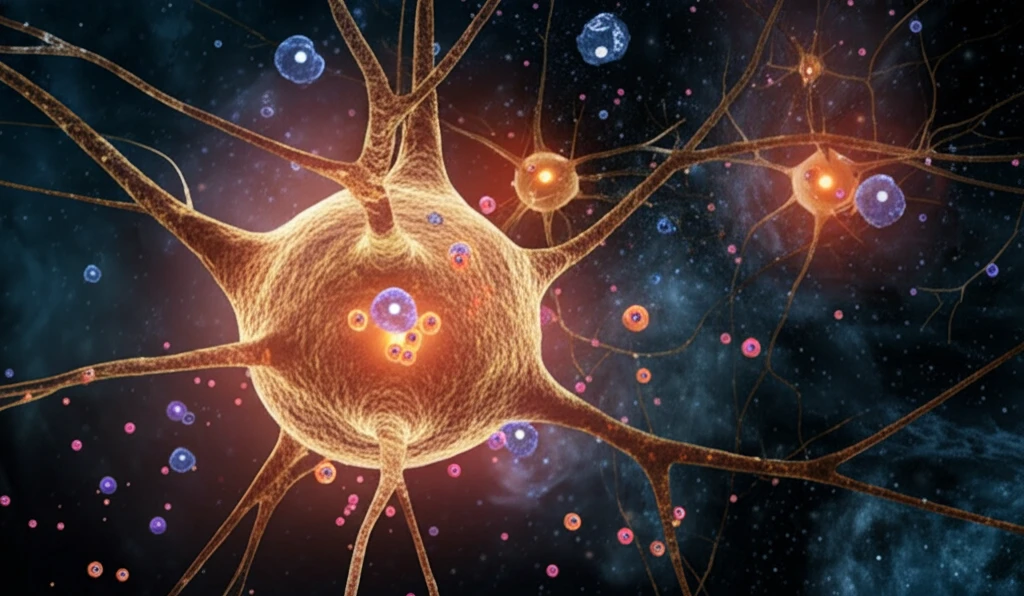
Unlock Natural Pain Relief: The K2P Channel Revolution
"Discover how targeting K2P channels could revolutionize chronic pain treatment, offering hope for millions seeking alternatives to opioids. Dive into the science, potential, and future of this groundbreaking approach."
Chronic pain affects millions worldwide, significantly impacting quality of life and placing a heavy burden on healthcare systems. Traditional treatments often rely on opioids, which, while effective, carry substantial risks, including addiction and severe side effects. The search for safer, more effective pain management strategies is more critical than ever, pushing researchers to explore new therapeutic targets and mechanisms.
Among the most promising areas of research is the study of K2P channels, a unique family of potassium channels that play a key role in regulating neuronal excitability and pain signaling. Unlike many ion channels, K2P channels maintain a constant 'leak' of potassium ions across the cell membrane, helping to stabilize the resting membrane potential and reduce the likelihood of neurons firing inappropriately. This background activity is crucial in modulating pain perception.
This article delves into the exciting world of K2P channels, explaining their function, their role in various types of pain, and the potential they hold for developing novel analgesic drugs. We will explore how scientists are working to unlock the therapeutic potential of these channels, offering hope for a future where chronic pain can be managed effectively without the risks associated with traditional opioid treatments.
K2P Channels: A New Frontier in Pain Relief

K2P channels, short for two-pore domain potassium channels, are a family of fifteen different proteins encoded by the KCNK gene family. These channels are integral in maintaining the resting membrane potential of cells, particularly neurons. By allowing potassium ions to leak out of the cell, they reduce neuronal excitability, which is crucial in controlling how pain signals are transmitted. Each K2P channel has a unique structure and expression pattern, making them potential targets for specific types of pain.
- Inflammatory Pain: Research shows that during inflammation, levels of specific K2P subunits change, affecting pain sensitivity.
- Neuropathic Pain: K2P channels, especially K2P18, play a role in managing neuropathic pain by regulating neuronal excitability in nerve injury scenarios.
- Migraine Relief: Genetic studies have linked variations in the KCNK18 gene, which encodes the K2P18 channel, to migraine, suggesting a potential target for migraine therapies.
- Thermal and Mechanical Pain: The TREK family of K2P channels impacts how we perceive thermal and mechanical stimuli, making them vital in managing different types of pain.
Future Directions and Challenges
The journey to harnessing K2P channels for pain relief is ongoing, with significant challenges and exciting opportunities ahead. While the potential is clear, developing drugs that selectively target K2P channels while avoiding off-target effects is crucial. Given their expression in various tissues, ensuring that treatments are specific to pain pathways is essential to minimize side effects. Future research will likely focus on refining our understanding of K2P channel pharmacology, exploring the potential of combination therapies, and conducting clinical trials to validate the efficacy and safety of K2P-targeted drugs. With continued dedication, K2P channels could revolutionize pain management, offering millions a safer, more effective path to relief.
